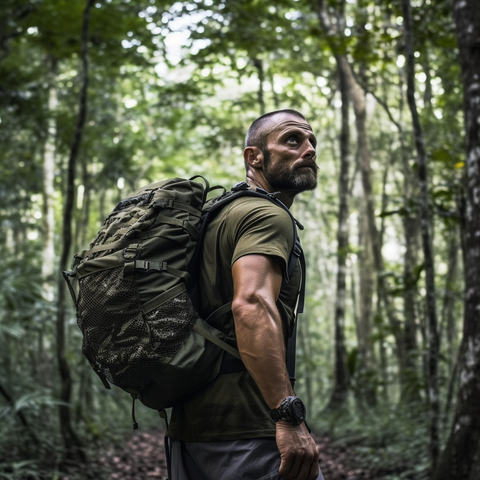According to a recent study highlighted by Ben Turner on Live Science, there is a concerning warning that catastrophic climate "doom loops" may potentially emerge within a mere 15 years. These critical "tipping points" in the climate system, such as the loss of the Amazon rainforest or the collapse of the Greenland ice sheet, could unfold during the course of a human lifetime. The study indicates that Earth's ecosystems might be hurtling towards collapse much earlier than previously anticipated.
The research reveals that as early as 2038, over 20% of the world's potential tipping points, including the melting Arctic permafrost, the collapse of the Greenland ice sheet, and the sudden transformation of the Amazon rainforest into savanna, could potentially materialize. A tipping point signifies a threshold beyond which a localized climate system or element undergoes irreversible changes.

These findings hold significant implications for our understanding of future ecological risks. If these tipping points occur sooner than expected, it means that the social and economic costs of climate change may manifest earlier, leaving governments and societies with less time to mount effective responses.
Alongside the pressing urgency of the impending climate crisis, it is essential to underscore the importance of survival skills and preparedness in the face of natural disasters. As we bear witness to potential ecosystem collapses and rapid environmental changes, it becomes vital for individuals to equip themselves with the necessary tools and knowledge to successfully navigate such challenges.

Consider the following examples of survival items that prove indispensable in emergency situations:
1. Emergency Food and Water: Stockpiling non-perishable food items like canned goods, energy bars, and dried fruits ensures sustenance during prolonged periods without access to fresh food. Additionally, having a supply of clean drinking water or a water purification system is crucial when water sources become contaminated or inaccessible.

2. First Aid Kit: A well-equipped first aid kit is vital for providing immediate medical assistance in the event of injuries or medical emergencies. It should contain bandages, antiseptic solutions, pain relievers, scissors, tweezers, and other basic medical supplies.
3. Emergency Shelter: A reliable emergency shelter, such as a tent, tarp, or emergency sleeping bag, provides protection from the elements and a safe resting place during evacuations or when stranded in remote locations.
4. Lighting and Communication: Flashlights, headlamps, and portable lanterns offer essential illumination in the dark. Alternative communication methods, like battery-powered radios or hand-cranked emergency radios, keep individuals informed of updates and important instructions during emergencies.
5. Multi-tool or Swiss Army Knife: Versatile multi-tools or Swiss Army Knives prove invaluable in various situations, offering a range of tools such as knives, screwdrivers, can openers, and more. They assist with tasks like shelter building, food preparation, and basic repairs.
6. Emergency Blankets: Lightweight, compact emergency blankets made of reflective material help retain body heat and provide insulation during cold weather conditions. They are essential for preventing hypothermia and maintaining body temperature in emergency situations.
7. Portable Water Filtration System: In scenarios where clean water sources are scarce, a portable water filtration system or water purification tablets ensure access to safe drinking water by removing contaminants and pathogens.
8. Fire-starting Tools: Carrying reliable fire-starting tools like waterproof matches, lighters, or fire starter kits is crucial for generating warmth, cooking food, purifying water, and signaling for help.
9. Personal Protection: Personal protective equipment such as gloves, masks, and goggles safeguard against hazardous materials, dust, and airborne contaminants during emergency situations.
10. Navigation Tools: Compasses, maps, or GPS devices help individuals navigate unfamiliar terrain and find their way to safety.
To explore more survival and emergency-related content and gear, please visit our website at https://www.landgap.com/blogs/inspiration.
The study'sfindings serve as a wake-up call, underscoring the need for proactive measures to address climate change and ensure individual and collective resilience in the face of crises. By being prepared and acquiring the necessary skills and resources, individuals can better adapt to changing circumstances and mitigate the potential impacts of natural disasters.
Source: Turner, B. (2023). "Catastrophic climate 'doom loops' could start in just 15 years, new study warns." Live Science.
Retrieved from www.livescience.com.

